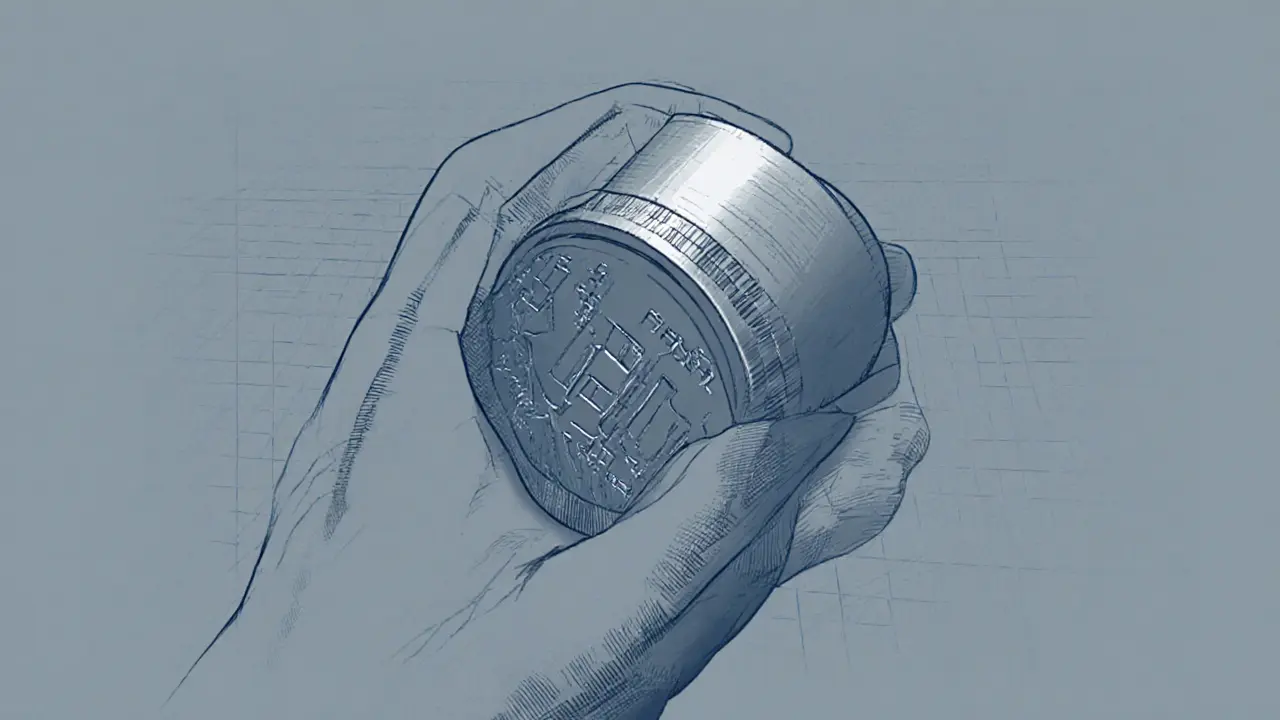SHA-256 – The Backbone of Modern Crypto
When working with SHA-256, a 256‑bit cryptographic hash algorithm designed by the NSA. It’s also known as Secure Hash Algorithm 2, and it turns any input into a fixed‑size, seemingly random string.
Bitcoin, the first decentralized digital currency that uses proof‑of‑work mining relies on SHA-256 for two vital tasks: creating the block hash that miners compete over, and linking blocks together to form an immutable ledger. This relationship means that every new block must contain a hash lower than a target value, which forces miners to run billions of SHA-256 calculations per second. In practice, SHA-256 provides the computational difficulty that secures the network and prevents double‑spending.
Merkle tree, a binary data structure that aggregates many hashes into a single root hash also depends on SHA-256 to generate each leaf and intermediate node. By hashing transaction data with SHA-256, the tree produces a tamper‑evident root that anyone can verify without re‑downloading all transactions. This property enables lightweight wallets to confirm transactions quickly and gives block explorers a fast way to prove inclusion proofs.
Cryptographic hash function, a mathematical algorithm that maps data of arbitrary size to a fixed‑size digest is the broader class that includes SHA-256. The algorithm offers pre‑image resistance (hard to reverse), second‑pre‑image resistance (hard to find another input with the same hash), and collision resistance (hard to find any two inputs that hash to the same output). These guarantees make SHA-256 suitable not only for blockchain but also for file integrity checks, password storage, and digital signatures.
Key properties and real‑world uses
SHA-256 provides data integrity by turning files into unique fingerprints. When you download a software installer, the publisher often shares a SHA-256 hash; you can compute the hash locally and compare it to the published value to ensure the file wasn’t tampered with. The same principle protects operating‑system updates, container images, and even blockchain smart‑contract code.
Proof‑of‑work in Bitcoin relies on SHA-256 for secure, repeatable puzzles. Miners repeatedly hash a block header with a changing nonce until the resulting hash meets the network’s difficulty target. This process, called mining, is what creates new BTC and validates transactions. Without SHA-256’s resistance to shortcuts, miners could cheat the system, and the entire ledger would lose trust.
Merkle trees use SHA-256 to create tamper‑evident roots. Each transaction is hashed, then pairs of hashes are combined and hashed again, climbing up the tree until a single root hash remains. If any transaction changes, its leaf hash changes, which ripples up and alters the root. Light clients can request a Merkle proof – a short list of sibling hashes – and verify inclusion by recomputing the root with SHA-256. This design keeps the blockchain scalable and privacy‑friendly.
Beyond crypto, SHA-256 underpins digital signatures. When you sign a document, you first hash it with SHA-256, then encrypt the hash with your private key. Verifiers decrypt the signature, hash the received document again, and compare the two hashes. Because SHA-256 is deterministic and collision‑resistant, the signature remains valid only for the exact content you signed.
Compared with older algorithms like SHA‑1, SHA‑256 offers a much larger output space (2^256 possibilities) and has withstood more than a decade of cryptanalysis. Newer designs such as SHA‑3 provide alternative constructions, but SHA-256 remains the de‑facto standard for most blockchain projects, cloud storage services, and security protocols.
Performance matters, too. Modern CPUs include hardware instructions (SHA‑256 extensions) that accelerate the algorithm, allowing billions of hashes per second on a single server. This speed is why Bitcoin can maintain a 10‑minute block time even as the network grows. However, the same speed also fuels concerns about energy consumption, prompting research into alternative consensus mechanisms that might replace SHA‑256‑based proof‑of‑work.
Looking ahead, quantum computers could threaten the underlying mathematics of many cryptographic primitives, but SHA‑256’s hash‑based design is considered more resilient than public‑key algorithms. Researchers are already exploring post‑quantum hash functions, yet for now SHA‑256 remains a safe, trusted workhorse.
All these connections—Bitcoin’s mining, Merkle tree verification, file‑level integrity, and digital signatures—show how SHA-256 stitches together the security fabric of today’s digital world. Below you’ll find a curated set of articles that dig deeper into each of these topics, from liquid‑staking tokens to blockchain scaling, so you can explore practical uses and advanced concepts at your own pace.

Understanding How Bitcoin's Proof of Work Mining Operates
Learn how Bitcoin's Proof of Work mining works: from SHA‑256 puzzles and difficulty adjustments to block rewards, mining pools, and a PoW vs PoS comparison.
